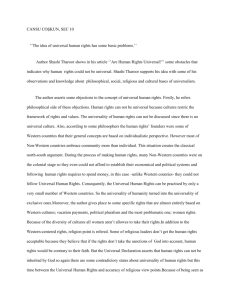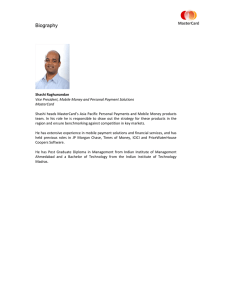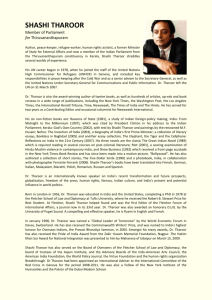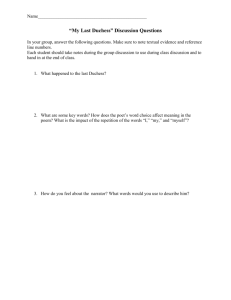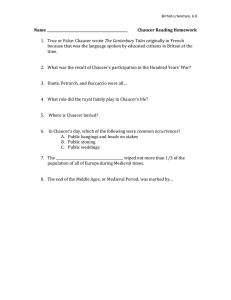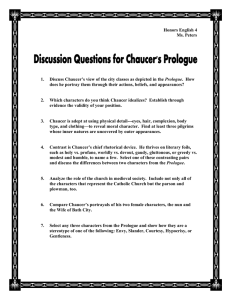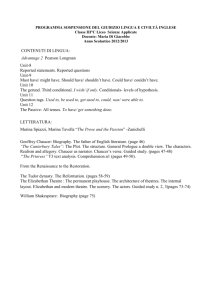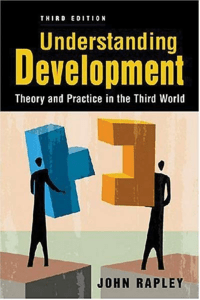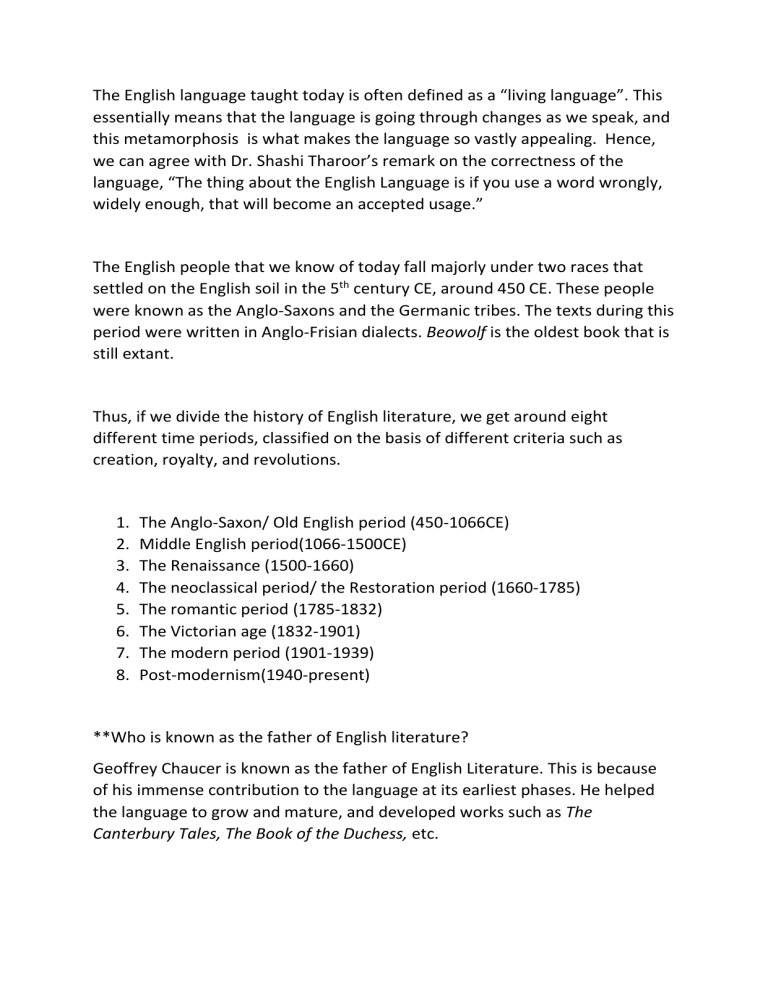
The English language taught today is often defined as a “living language”. This essentially means that the language is going through changes as we speak, and this metamorphosis is what makes the language so vastly appealing. Hence, we can agree with Dr. Shashi Tharoor’s remark on the correctness of the language, “The thing about the English Language is if you use a word wrongly, widely enough, that will become an accepted usage.” The English people that we know of today fall majorly under two races that settled on the English soil in the 5th century CE, around 450 CE. These people were known as the Anglo-Saxons and the Germanic tribes. The texts during this period were written in Anglo-Frisian dialects. Beowolf is the oldest book that is still extant. Thus, if we divide the history of English literature, we get around eight different time periods, classified on the basis of different criteria such as creation, royalty, and revolutions. 1. 2. 3. 4. 5. 6. 7. 8. The Anglo-Saxon/ Old English period (450-1066CE) Middle English period(1066-1500CE) The Renaissance (1500-1660) The neoclassical period/ the Restoration period (1660-1785) The romantic period (1785-1832) The Victorian age (1832-1901) The modern period (1901-1939) Post-modernism(1940-present) **Who is known as the father of English literature? Geoffrey Chaucer is known as the father of English Literature. This is because of his immense contribution to the language at its earliest phases. He helped the language to grow and mature, and developed works such as The Canterbury Tales, The Book of the Duchess, etc.
